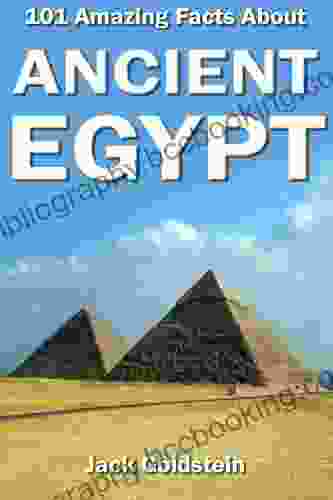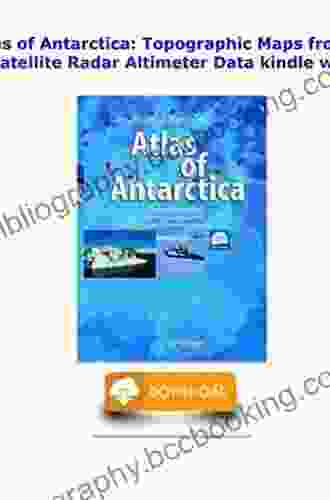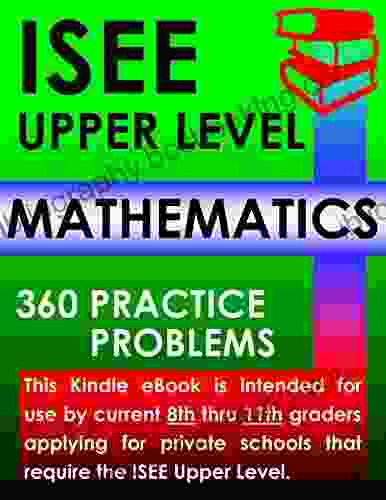Topographic Maps From Geostatistical Analysis Of Satellite Radar Altimeter Data

Topographic maps are essential tools for understanding the Earth's surface. They provide a detailed representation of the elevation and terrain of a region, enabling us to visualize and analyze the landscape. Traditionally, topographic maps have been created using laborious and time-consuming methods, such as ground surveys and aerial photography. However, advancements in remote sensing technology have revolutionized the way we create these maps, making it possible to generate highly accurate topographic maps from satellite radar altimeter data.
Satellite radar altimeters are instruments that measure the time it takes for a radar pulse to travel from a satellite to the Earth's surface and back. By analyzing the time difference, scientists can determine the elevation of the surface below. Geostatistical analysis techniques are then used to interpolate the elevation data and create a continuous topographic map.
4 out of 5
| Language | : | English |
| File size | : | 36809 KB |
| Screen Reader | : | Supported |
| Print length | : | 364 pages |
| X-Ray for textbooks | : | Enabled |
Geostatistical Analysis Techniques
Geostatistical analysis is a branch of statistics that deals with the analysis of spatially distributed data. It provides a framework for understanding the spatial variability of data and for making predictions at unsampled locations. In the context of topographic mapping, geostatistical analysis techniques are used to interpolate the elevation data collected by satellite radar altimeters and to create a continuous surface.
There are a variety of geostatistical analysis techniques that can be used for topographic mapping. Some of the most common techniques include:
- Kriging
- Inverse distance weighting
- Splines
The choice of geostatistical analysis technique depends on a number of factors, including the type of data, the spatial distribution of the data, and the desired level of accuracy.
Applications of Topographic Maps
Topographic maps have a wide range of applications in various fields, including:
- Geology: Topographic maps are used to identify geological features, such as faults, folds, and rock formations. They can also be used to study the evolution of landscapes over time.
- Hydrology: Topographic maps are used to map watersheds, identify drainage patterns, and predict the flow of water. They are also used to design and manage water resources projects.
- Land use planning: Topographic maps are used to identify suitable land for development, agriculture, and conservation. They can also be used to plan transportation networks and other infrastructure projects.
- Environmental science: Topographic maps are used to assess the impact of human activities on the environment. They can also be used to identify areas at risk for natural hazards, such as floods and landslides.
Topographic maps are essential tools for understanding the Earth's surface. They provide a detailed representation of the elevation and terrain of a region, enabling us to visualize and analyze the landscape. Satellite radar altimeter data and geostatistical analysis techniques have revolutionized the way we create these maps, making it possible to generate highly accurate topographic maps quickly and efficiently.
This guide has provided an in-depth look at the geostatistical analysis techniques used to create topographic maps from satellite radar altimeter data. By understanding these techniques, you can unlock Earth's secrets and explore its diverse landscapes with greater precision and accuracy.
4 out of 5
| Language | : | English |
| File size | : | 36809 KB |
| Screen Reader | : | Supported |
| Print length | : | 364 pages |
| X-Ray for textbooks | : | Enabled |
Do you want to contribute by writing guest posts on this blog?
Please contact us and send us a resume of previous articles that you have written.
 Book
Book Novel
Novel Page
Page Chapter
Chapter Text
Text Story
Story Genre
Genre Reader
Reader Library
Library Paperback
Paperback E-book
E-book Magazine
Magazine Newspaper
Newspaper Paragraph
Paragraph Sentence
Sentence Bookmark
Bookmark Shelf
Shelf Glossary
Glossary Bibliography
Bibliography Foreword
Foreword Preface
Preface Synopsis
Synopsis Annotation
Annotation Footnote
Footnote Manuscript
Manuscript Scroll
Scroll Codex
Codex Tome
Tome Bestseller
Bestseller Classics
Classics Library card
Library card Narrative
Narrative Biography
Biography Autobiography
Autobiography Memoir
Memoir Reference
Reference Encyclopedia
Encyclopedia J Malcolm Garcia
J Malcolm Garcia Ian Warrell
Ian Warrell Ian Roberts
Ian Roberts Ian Whyte
Ian Whyte Jack Freeman
Jack Freeman Icode Academy
Icode Academy J K Mariana
J K Mariana Ruth Ehrhardt
Ruth Ehrhardt Thor Hanson
Thor Hanson Isao Honda
Isao Honda Hunbatz Men
Hunbatz Men Madeleine Roux
Madeleine Roux Viktorija Todorovska
Viktorija Todorovska Iain Mccalman
Iain Mccalman Laura Sebastian
Laura Sebastian Ian Mcewan
Ian Mcewan Lydia Reeder
Lydia Reeder Izzy Paskowitz
Izzy Paskowitz Simon Buxton
Simon Buxton Ida Walker
Ida Walker
Light bulbAdvertise smarter! Our strategic ad space ensures maximum exposure. Reserve your spot today!

 Max TurnerUnlock the Ancient Secrets of Alchemy Synthesis: A Comprehensive Guide to the...
Max TurnerUnlock the Ancient Secrets of Alchemy Synthesis: A Comprehensive Guide to the... Elton HayesFollow ·17k
Elton HayesFollow ·17k Hamilton BellFollow ·16.5k
Hamilton BellFollow ·16.5k Ron BlairFollow ·7.9k
Ron BlairFollow ·7.9k Arthur C. ClarkeFollow ·3k
Arthur C. ClarkeFollow ·3k Craig BlairFollow ·8.9k
Craig BlairFollow ·8.9k Marcel ProustFollow ·16.4k
Marcel ProustFollow ·16.4k Cooper BellFollow ·8.5k
Cooper BellFollow ·8.5k W.B. YeatsFollow ·10k
W.B. YeatsFollow ·10k

 Luke Blair
Luke Blair101 Amazing Facts About Australia: A Journey Through the...
A Literary Expedition Unveiling the Treasures...

 Harry Hayes
Harry HayesWitness the Velocity and Legacy of the Scarlet Speedster:...
Delve into the Lightning-Charged...

 Stan Ward
Stan Ward101 Amazing Facts About Ancient Egypt: Unraveling the...
: A Timeless Realm of Wonder Ancient Egypt, a...

 Stephen King
Stephen KingEscape into Adventure: Unveil the Secrets of Adventure...
In the annals of comic book history,...

 Forrest Blair
Forrest BlairThe Oxford Dog Training Company Presents: A Holistic...
In the realm of dog...
4 out of 5
| Language | : | English |
| File size | : | 36809 KB |
| Screen Reader | : | Supported |
| Print length | : | 364 pages |
| X-Ray for textbooks | : | Enabled |












